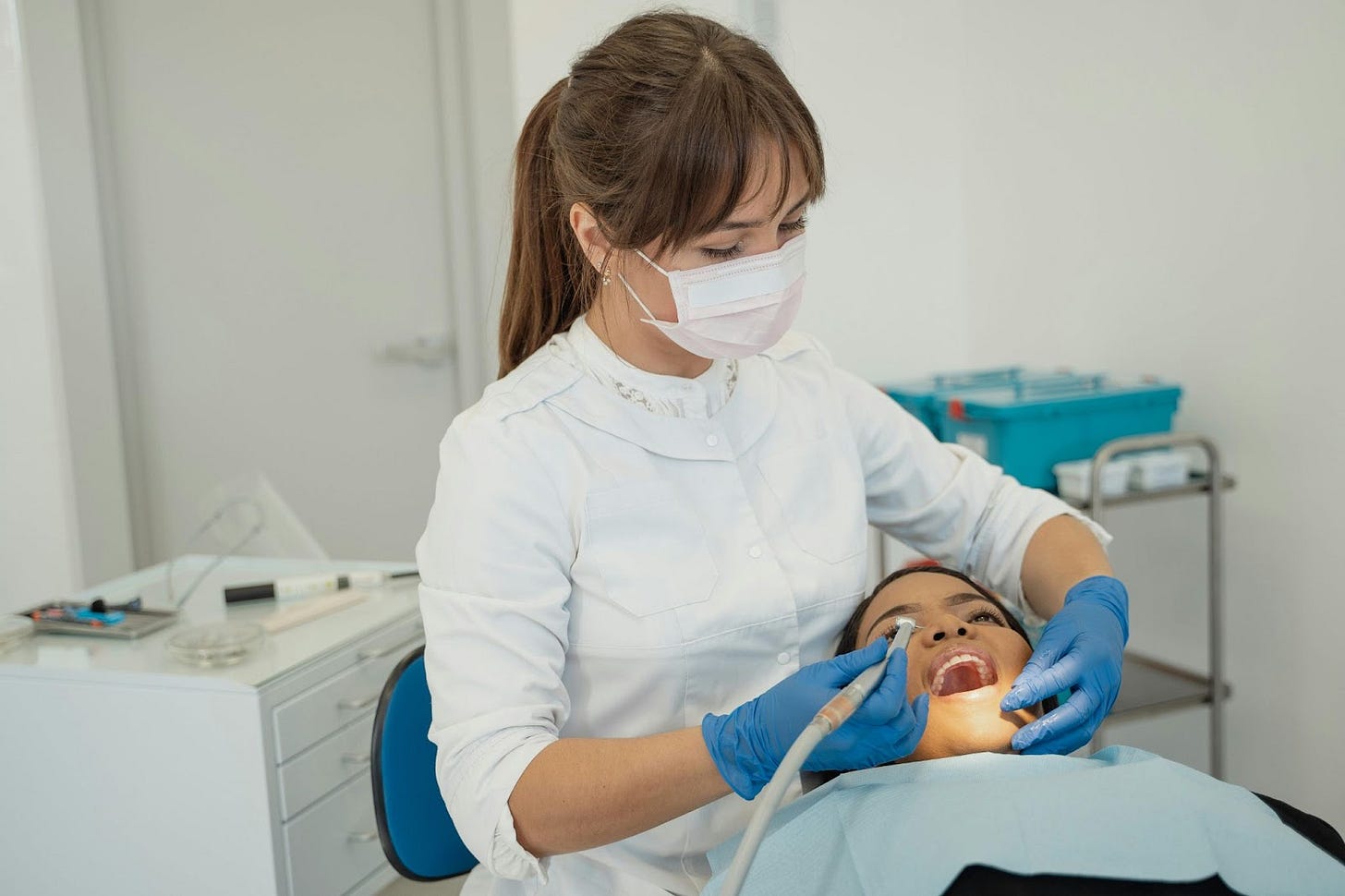How to Whiten Teeth
How to Whiten Teeth: A Guide to a Brighter Smile
A dazzling white smile can boost confidence and leave a lasting impression. Whether you're preparing for a special occasion or simply want to enhance your everyday appearance, teeth whitening has become one of the most sought-after beauty treatments. In this article, we’ll explore the most effective ways to whiten teeth—covering professional options, DIY remedies, and tips for maintaining that radiant shine. Get ready to smile brighter!
Professional Teeth Whitening Options
Regarding teeth whitening, professional treatments offer the fastest and most reliable results. Here are two popular methods:
In-Office Whitening Treatments
Dental professionals perform in-office whitening treatments, such as laser whitening or bleaching. These treatments use powerful whitening agents like hydrogen or carbamide peroxide, often activated by light or heat.
Pros: The results are almost immediate, with some patients noticing a significant improvement in just one session. Additionally, the procedure is conducted under expert supervision, minimizing risks.
Cons: These treatments can cost anywhere from $300 to $1,000 or more. Some people may experience temporary tooth sensitivity or gum irritation.
Take-Home Kits Provided by Dentists
Dentists also offer custom-made take-home whitening kits. These kits include trays that are tailored to fit your teeth and a professional-grade whitening gel.
Comparison: While results are more gradual compared to in-office treatments, they are highly effective over time and often less expensive. Take-home kits also allow for more control over the whitening process.
At-Home and DIY Remedies
For those seeking a more budget-friendly approach, there are several at-home and DIY options to consider.
Over-the-Counter Whitening Products
Whitening Strips: Thin, flexible strips coated with peroxide gel that you place on your teeth. Results can be seen in a week or two.
Whitening Gels and Toothpaste: These products work by breaking down stains and polishing the enamel.
Mouthwashes: Whitening mouthwashes can complement other treatments but are usually less potent.
Limitations: Over-the-counter products are less effective than professional treatments, especially for deep stains or discoloration.
Natural Remedies
Some people prefer natural methods for teeth whitening, though their effectiveness varies:
Baking Soda: A mild abrasive that helps remove surface stains.
Activated Charcoal: Another abrasive substance that may reduce stains but should be used sparingly to avoid enamel damage.
Oil Pulling: Swishing coconut or sesame oil in your mouth is believed to remove toxins and reduce plaque.
Hydrogen Peroxide: Commonly used in diluted form as a rinse or mixed with baking soda for a paste.
Caution: Natural remedies can be abrasive and may harm enamel if overused. Always consult with a dentist before trying these methods.
Tips for Maintaining a Bright Smile
Once you’ve achieved your desired level of whiteness, it’s essential to maintain it. Here are some practical tips:
Practice Good Oral Hygiene: Brush your teeth twice a day, floss regularly, and use a fluoride mouthwash.
Limit Stain-Causing Foods and Drinks: Coffee, tea, red wine, and dark-colored sauces can stain teeth. Rinse your mouth or brush your teeth after consuming these.
Use a Straw: Drinking stain-causing beverages through a straw minimizes their contact with your teeth.
Regular Touch-Ups: Periodic use of whitening toothpaste or over-the-counter products can help maintain your results.
Risks and Considerations
While teeth whitening is generally safe, it’s not without risks.
Tooth Sensitivity: Many whitening products can cause temporary sensitivity to hot or cold temperatures.
Gum Irritation: Whitening agents can sometimes irritate the gums, especially if applied improperly.
Enamel Damage: Overusing whitening products or abrasives can weaken enamel over time.
Consult a Dentist: Always consult with a dental professional before starting any whitening treatment to ensure safety and effectiveness.
Final Thoughts
A white smile can transform your appearance and boost your confidence. From professional treatments to at-home remedies, numerous ways exist to achieve a brighter smile. Choose a method that aligns with your budget, lifestyle, and dental health needs. Remember, maintaining good oral hygiene and being mindful of what you eat and drink are key to keeping your teeth radiant. Whatever route you take, let your smile shine!
FAQs
1. What causes teeth to become stained or discolored?
Teeth can become stained due to various factors, including:
Consuming stain-causing foods and beverages (e.g., coffee, tea, red wine).
Smoking or chewing tobacco.
Poor oral hygiene leads to plaque and tartar buildup.
Natural aging, as enamel thins and dentin (the yellowish layer beneath) becomes more visible.
Certain medications, such as tetracycline, and medical treatments like chemotherapy.
2. Are professional whitening treatments better than at-home options?
Yes, professional treatments are typically more effective because they use stronger whitening agents under expert supervision. They also deliver faster and more noticeable results compared to most at-home options. However, at-home treatments can still be effective for minor stains and are more budget-friendly.
3. Are natural remedies safe for teeth whitening?
Natural remedies like baking soda or oil pulling can be safe when used sparingly, but they are not as effective as professional or over-the-counter treatments. Overuse of abrasive remedies, like baking soda or activated charcoal, can damage enamel, leading to sensitivity and weakening teeth over time.
4. How long do teeth whitening results last?
The longevity of whitening results depends on the method used and your habits.
Professional treatments can last 6 months to 2 years with proper maintenance.
Over-the-counter and at-home remedies may need more frequent touch-ups.
To prolong results, avoid stain-causing foods and drinks, maintain good oral hygiene, and use whitening toothpaste periodically.




